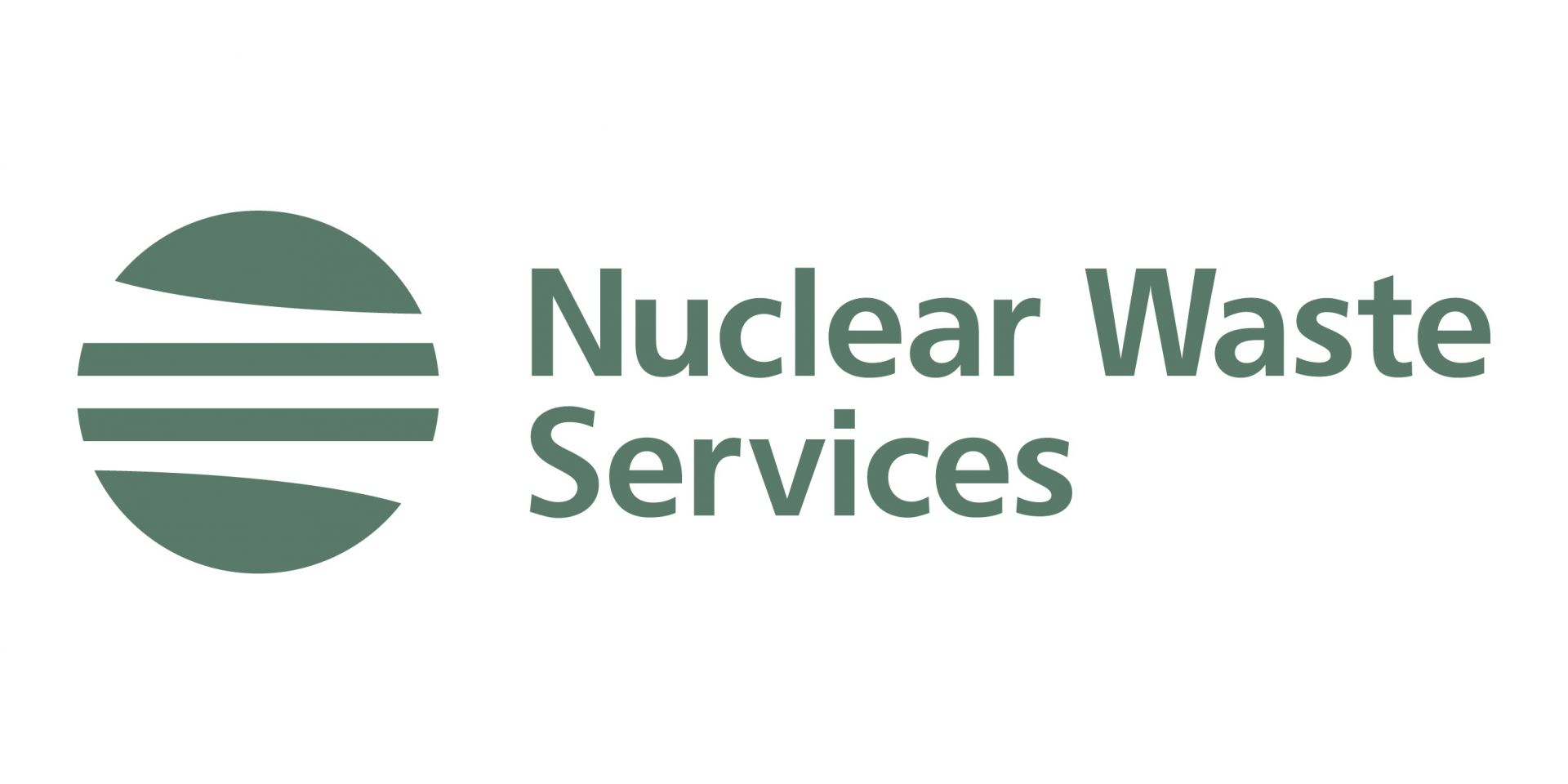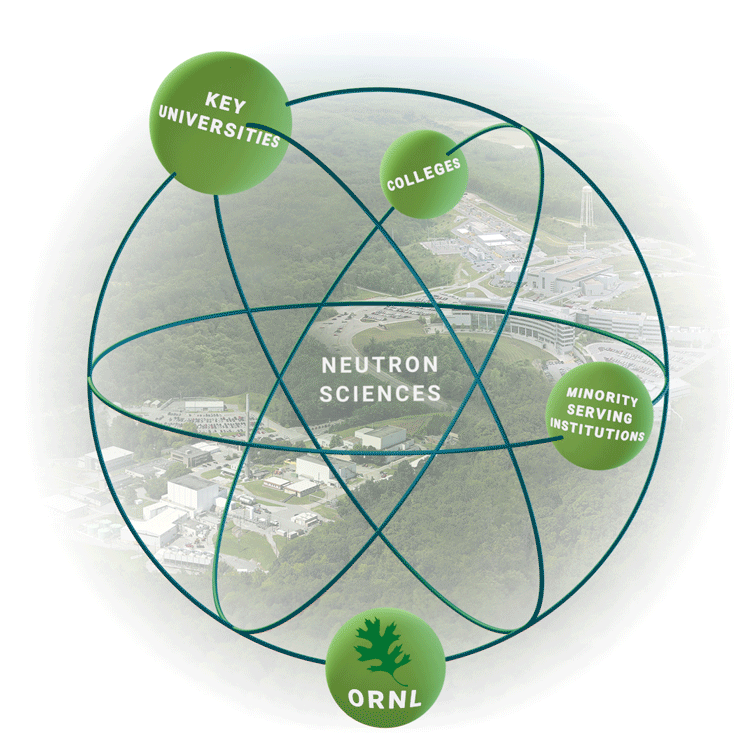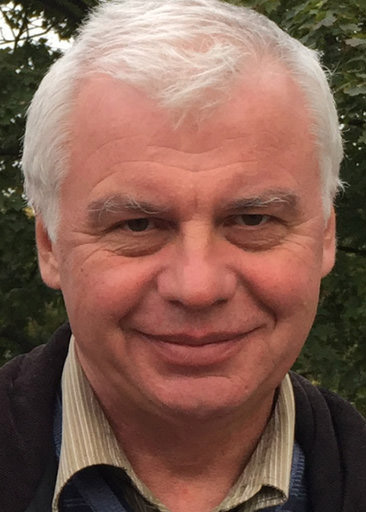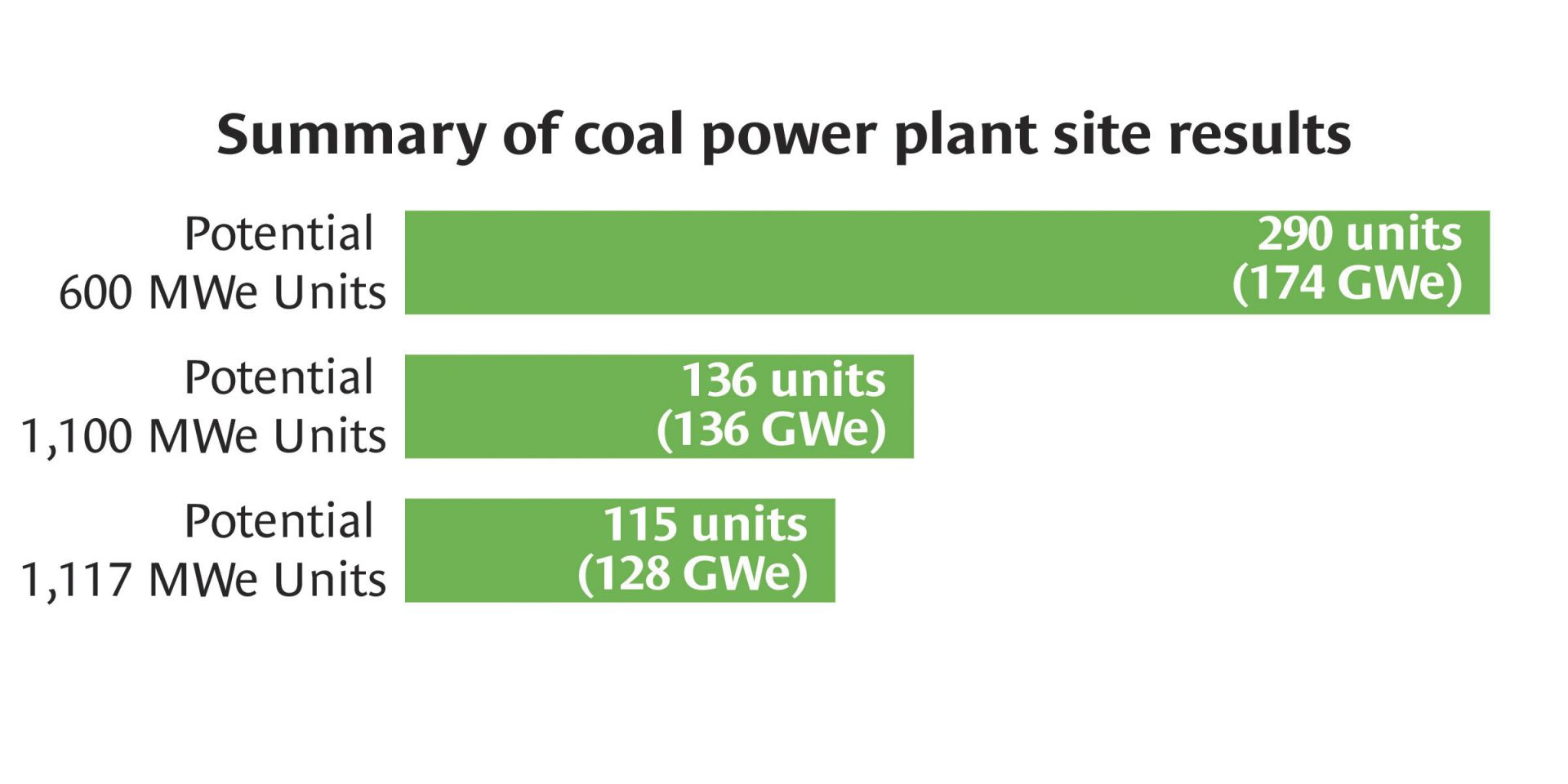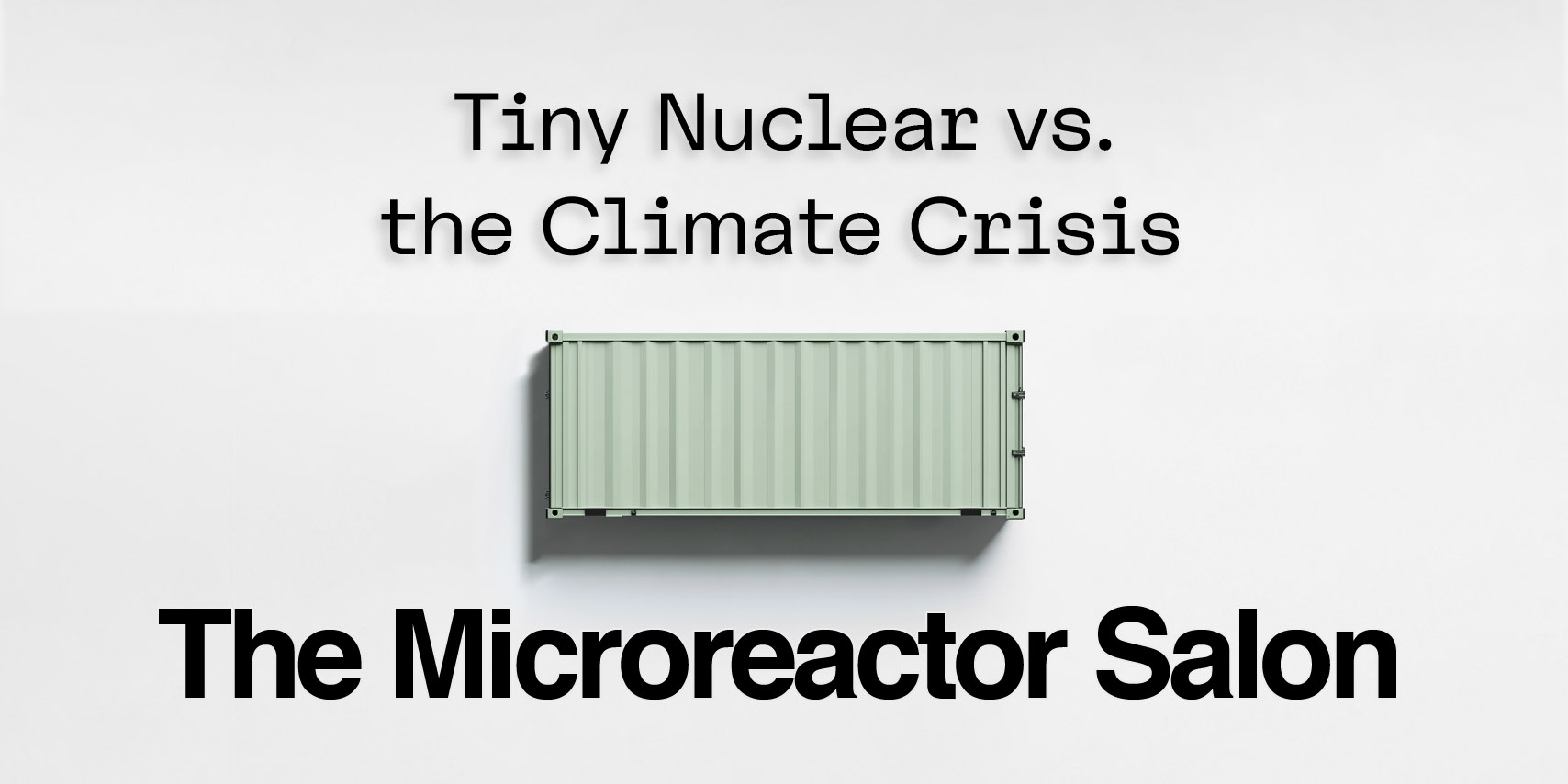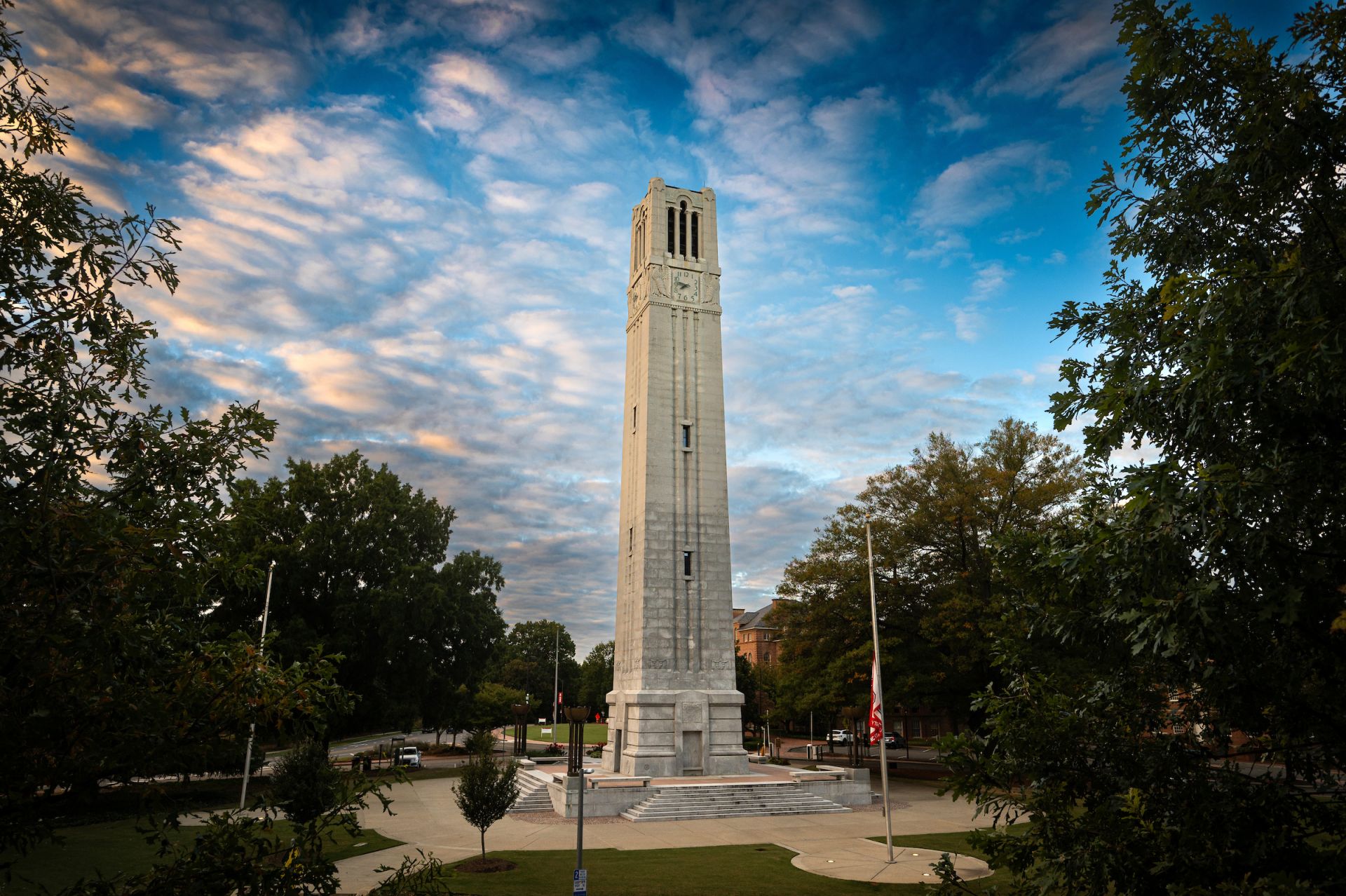The BONUS nuclear power plant. (Photo: DOE)
An article on the Huffington Post examines the prospects for re-establishing nuclear energy in Puerto Rico, uncovering a mix of positive and negative attitudes toward nuclear power in the U.S. territory.
Officials of the ABS and INL gathered at a forum, where rules for floating nuclear power plants were unveiled. (Photo: INL)
A comprehensive set of rules and guidelines for floating nuclear power plants, Requirements for Nuclear Power Systems for Marine and Offshore Applications, has been released by the American Bureau of Shipping (ABS). According to the document, which, according to ABS, is the first of its kind for floating power plants, the rules and guidelines have been “developed for classification requirements specific to design, construction, and survey of vessels fitted with nuclear power systems whose generated power is transferred or distributed to onboard industrial or adjacent facilities.”
The temporary pair of correlated nucleons pictured here is highlighted in purple. (Image: Institute of Nuclear Physics, Polish Academy of Sciences)
A breakthrough in the understanding of the properties of nuclear structure has been achieved by an international team of scientists comprising researchers from Massachusetts Institute of Technology, Fermi National Accelerator Laboratory, University of Munster in Germany, and Institute of Nuclear Physics at the Polish Academy of Sciences. The team, from the nCTEQ collaboration investigating nuclear parton (quark and gluon) distribution functions, developed a quark-gluon model that combined low-energy and high-energy concepts to reproduce the properties of atomic nuclei.
A technician works inside OPAL's reactor vessel during the maintenance and upgrade project. (Photo: ANSTO)
The only nuclear reactor in Australia has returned to power after a monthslong shutdown for planned essential maintenance and upgrades. The OPAL (for open-pool Australian light water reactor) research reactor at the Australian Nuclear Science and Technology Organization (ANSTO) campus in Sydney successfully went through the most significant engineering maintenance and upgrade project in its 17-year history.
Data from Table 1 from DOE’s SA&I report shows the potential new nuclear generation at 145 coal power plant sites with nameplate capacities above 600 MWe. (Source: DOE, Evaluation of Nuclear Power Plant and Coal Power Plant Sites for New Nuclear Capacity)
The Department of Energy’s Office of Nuclear Energy has released a new report estimating that there may be the potential to install 60 GWe–95 GWe of new capacity at currently operating and recently retired nuclear power plants in the United States. The report also evaluated the potential of building new nuclear plants near current and retired coal power plants. The report, titled Evaluation of Nuclear Power Plant and Coal Power Plant Sites for New Nuclear Capacity, was prepared as part of DOE-NE’s Systems Analysis and Integration (SA&I) campaign.
Uranium prices since January 1, 2024. (Data source: TradingEconomics.com)
Uranium prices were about $79.60 per pound as of the close of business on September 3, which put prices near their lowest level since November 2023, according to the website Trading Economics. Since the beginning of 2024, uranium prices have decreased $11.40/lb, or 12.53 percent, based on trading on a contract for difference (CFD) that tracks the benchmark market.
The Memorial Belltower at NC State in Raleigh. (Photo: NC State)
North Carolina State University is hosting the inaugural Future Leaders in Nuclear: Undergraduate Symposium in early October at its campus in Raleigh. The event for rising juniors and seniors in nuclear engineering or related science and engineering fields will give attendees the opportunity to present their research.
High school students Madison Henley of Detroit, Mich. (left) and Simon Fadare of Atlanta, Ga., work on a project to imagine and build a future nuclear energy device. (Photo: Brenda Ahearn/Michigan Engineering)
The first Harper Academy 4 Future Nuclear Engineers was held recently at the University of Michigan. The four-week program provided eight rising high school seniors with classes in nuclear engineering fundamentals, mathematics, technical skills, design, community engagement, and college preparation. While taking the course, the students stayed at Bursley Hall on the university’s Ann Arbor campus.
Photo: The Schwarzenegger Climate Initiative
Actor and politician Arnold Schwarzenegger recently criticized Germany for shutting down its remaining nuclear power plants last year. Speaking in June in his native Austria at the 2024 Austrian World Summit, a climate conference held in Vienna, Schwarzenegger noted the contradiction of the German government’s stated goal of cutting carbon emissions while simultaneously eliminating the clean-energy source of nuclear power.
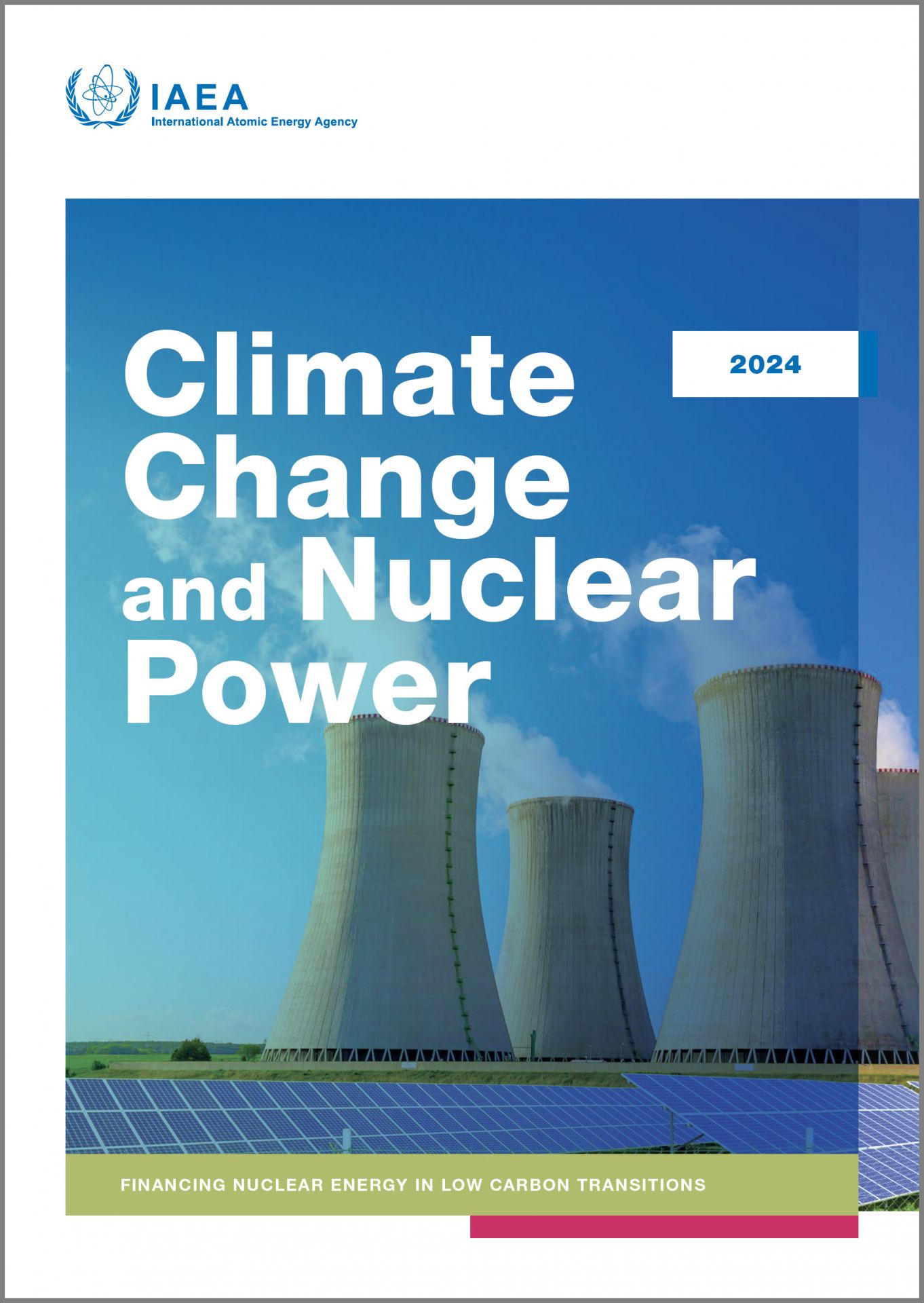 The 2024 edition of Climate Change and Nuclear Power has been released by the International Atomic Energy Agency. The 99-page report focuses on the need for a significant increase in investment to achieve goals for expanding nuclear power.
The 2024 edition of Climate Change and Nuclear Power has been released by the International Atomic Energy Agency. The 99-page report focuses on the need for a significant increase in investment to achieve goals for expanding nuclear power.

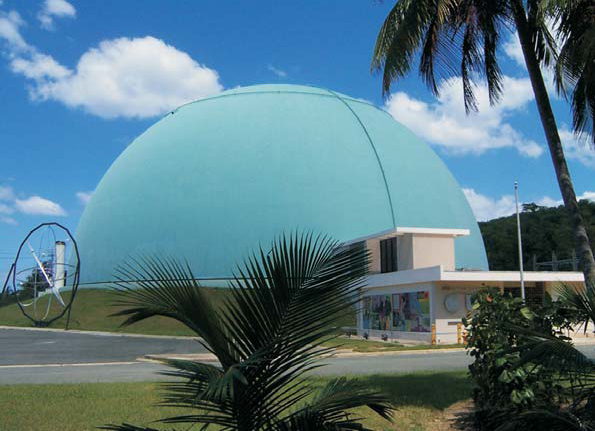.png)


